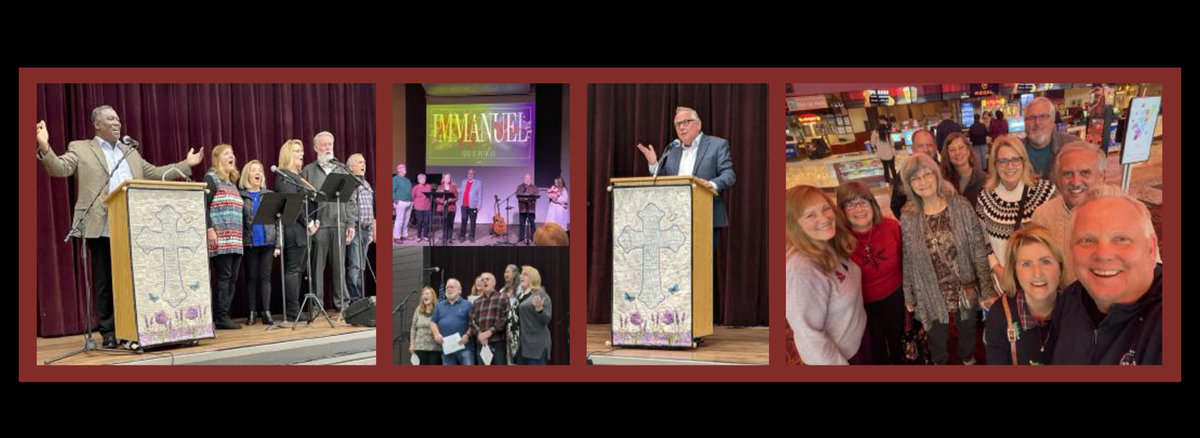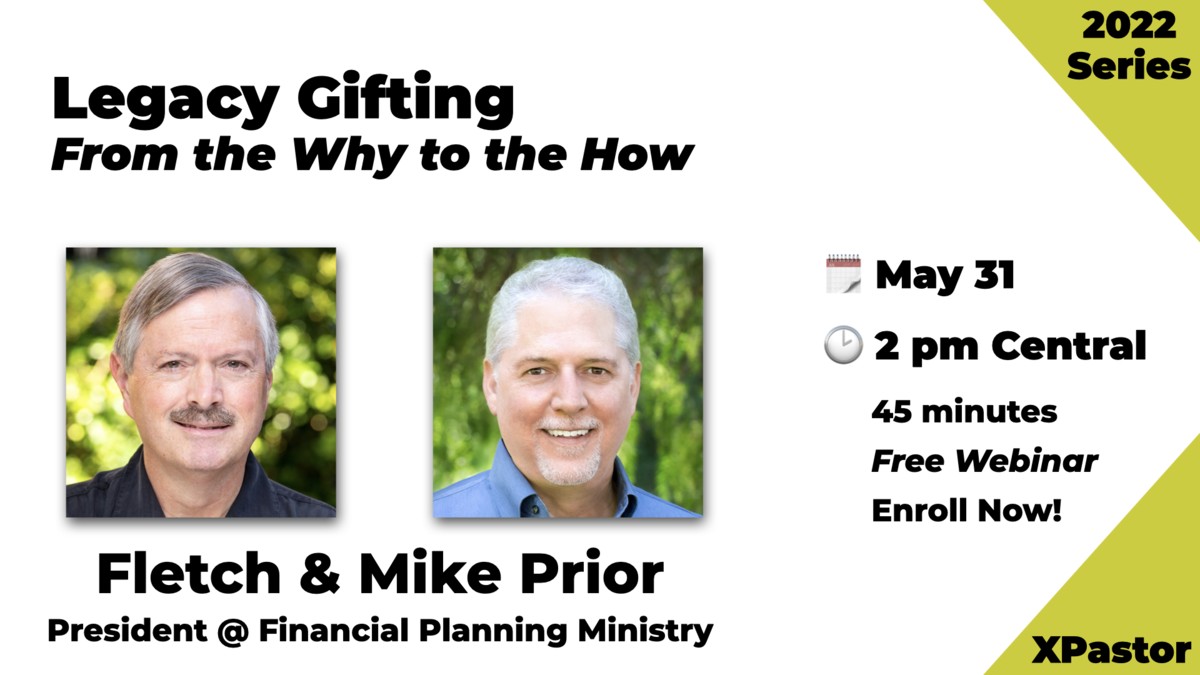I’ve spent a lot of time on church websites recently … like dozens of hours on hundreds of websites! Along the way, I noticed some trends about online giving. Having grown by 21% in 2020 alone, this is an area of leadership that deserves our full attention. Here are eight online giving practices that effective churches are doing right now.
1. The Link
The giving link must be easy to find. In the early days of the internet, churches were hesitant to put a big clear give link at the top of their website. It felt too pushy. As online giving grew to 40%, 60%, even 80% in some churches, and web developers started looking deeply at the pages on your site that people actually spend time on, they made an interesting discovery. Lots of people are just clicking around until they find the giving page.
They also discovered that when you make the online giving button easy to find, overall giving goes up! The great thing is that many online giving platforms will work with you to add a giving button to your site.
2. Cell Phones
Cell phones must be considered first. If you only check how your giving link looks on your nice 15-inch MacBook Pro, you are serving less than half of your people. That’s because nearly 55% of all web traffic happens on mobile phones these days. Most websites built today look different based on the device you are on. That beautifully planned-out menu structure sprawling across the top of a computer screen becomes a hamburger style menu in the top right corner on a cell phone.
The shift in screen size requires that hard decisions be made. This is not the time to relegate the give button to a sub menu. Even on the smallest iPhone, give should require one click only. If I have to scroll or search, my likelihood of giving goes down. I wanted to give, truly! I just couldn’t figure it out, so I gave up and figured I’d ask someone later. But then I never did. Then three months passed by.
3. Text to Give
Have a text-to-give option and make it memorable. I like to start with the end in mind, and often the end is the out loud communication. So, it’s the end of your Sunday gathering, and the Executive Pastor is doing announcements today. The offering moment comes and she does a great job communicating the churches values and vision and celebrating generosity. And then she says, if you want to learn more about giving here at our church, just go to this website, click on giving and scroll down. You’ve lost them.
If instead you can just say, if you want to learn more about giving at our church, just text this word to this number. Done. Any online giving platform worth a look is going to have a text-to-give option. Usually, you can work with the company to choose what word people will text to give. This choice is critical because lots of people are going to be saying it from the stage all the time.
So if you choose rvr_church.give and you have to explain what an underscore is, and that it’s like River, with the vowels taken out because the creative team rebranded last year and apparently vowels aren’t cool anymore. Well, you just lost people again. But if you can say, just text thisisriver to 797007, then people can actually remember that and do it. Brainstorm some ideas, practice them out loud, make a wise choice up front.
4. Communicate
Communicate your generosity language on your giving page. So, once people get to your giving page online either through the website directly or via text, what will they find? If it’s just a place to fill in data on ACH or credit card, you’ve missed an opportunity to share your heart.
Don’t make the long-time giver dig too much, but at the same, don’t miss the chance to reinforce the language that your church uses to talk about generosity. A simple phrase like, Here at River Church, we believe that giving should be …
A small amount of carefully crafted text is the minimum, but you could also consider a very brief 60-90 second video of a Pastor sharing the heart behind giving at your church. Not everyone will click on it, but those who do will really appreciate it and have a better sense of the big picture.
5. Link
Link to your most recent teaching on giving. Most generous churches are doing some kind of giving sermon once a year or so. Often, the teaching pastor will put a ton of effort into crafting that language well because, truth be told, many pastors are a bit nervous about the generosity and stewardship sermon. Why let all that work get buried in the sermon archive?
Take the YouTube or Vimeo link and get your web person to drop it right onto the giving page with a sentence above it that says, Here is our most recent sermon-length teaching on giving if you’d like to go deeper. This is especially helpful for the new people at your church, and even more so if they came from an unhealthy giving culture.
6. Questions
Make it clear where people can go to ask questions. Often, the giving page isn’t just for giving. It’s also where you post last year’s annual report, or you talk about the one-story campaign that you are in the middle of. If your people have a question about how the finances work at the church, they are likely to check the giving page for follow up info.
All you need here is one sentence like, If you have further questions about the financial side of our church, just send us an email. The interesting thing based on my experience is that hardly anyone will ever actually email that person with questions, but the very offer of a follow up method demonstrates transparency and gives people peace of mind. Also, the follow up contact person should be someone who has a clear and detailed handle on how the churches finances are being stewarded and be a strong enough communicator to explain it well to someone.
7. CMS
Integrate online giving into your church management software. Any online giving platform worth a look will be well informed on how to have online giving talk to whatever platform you use for your database, kids check-in etc. This will make generating giving statements way easier throughout the year. Fair warning, this can get a little snarly on the back end as you try to make various things work together. Before you sign up with an online giving platform, find out what kind of tech support is included during the implementation phase and beyond. Trust me, you’ll have questions.
8. Thank You!
Finish well and thank the donor. After a person completes an online donation, what happens next? If it ends with, Your transaction has been processed, you’ve just missed a massive opportunity to express thankfulness and remind them what they just gave towards. In most cases, a good online giving platform will have customized options available for the confirmation text or email.
The person who set up the online giving may not think to tell you that you have options to make it a little more warm and fuzzy. So make sure you ask:
- How much space do we have for text to include in the thank you?
- Could the thank-you be a 30 second video from the Pastor that is embedded in the email?
- Could the creative people make a new video once or twice a year talking about recent ways that your generosity is having an impact?
This is a moment where you want to make sure you really get the language right. It’s the last thing your people experience after having just taken a step of faith with their finances. Make it a good moment that strengthens that faith and points them to a greater dependency on the cross of Christ and the guidance of the Holy Spirit.











